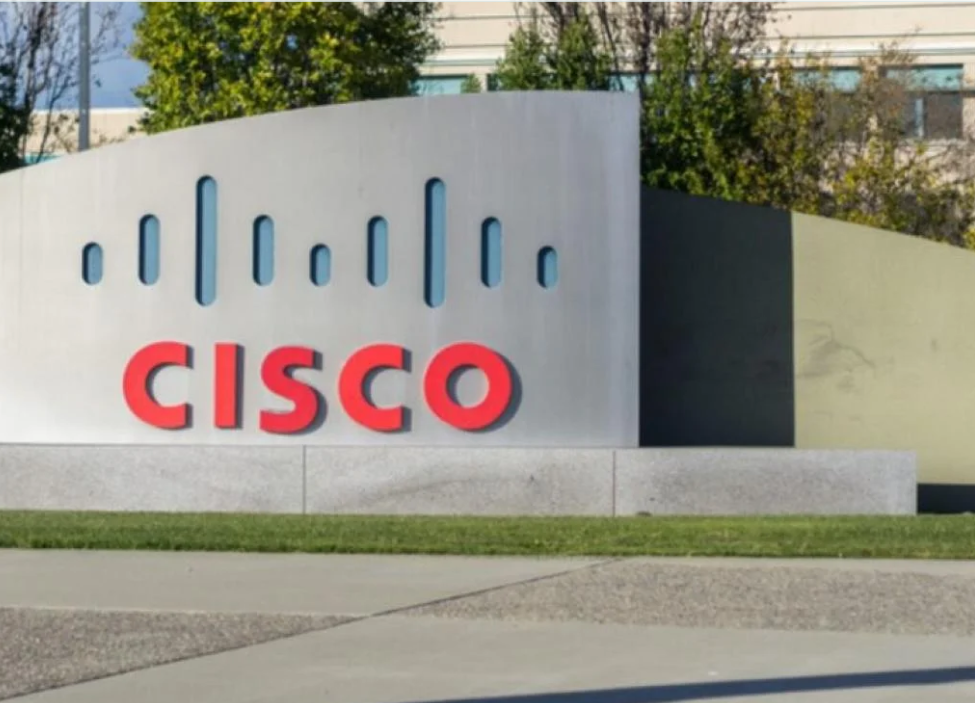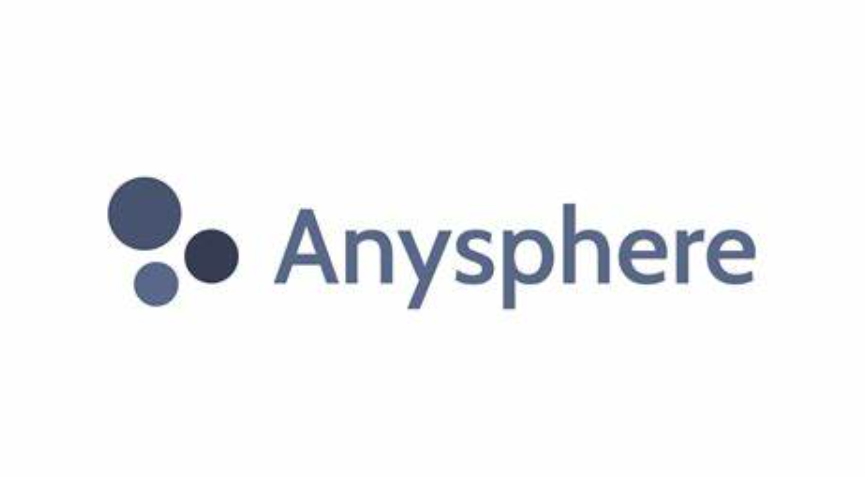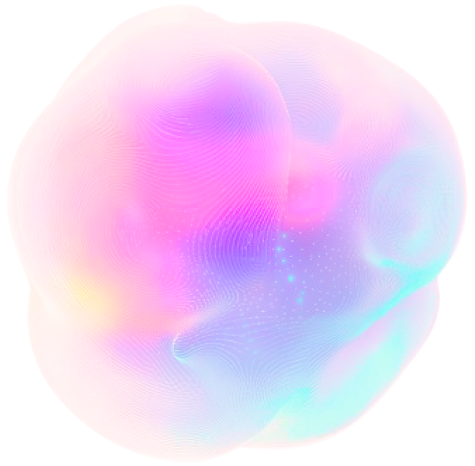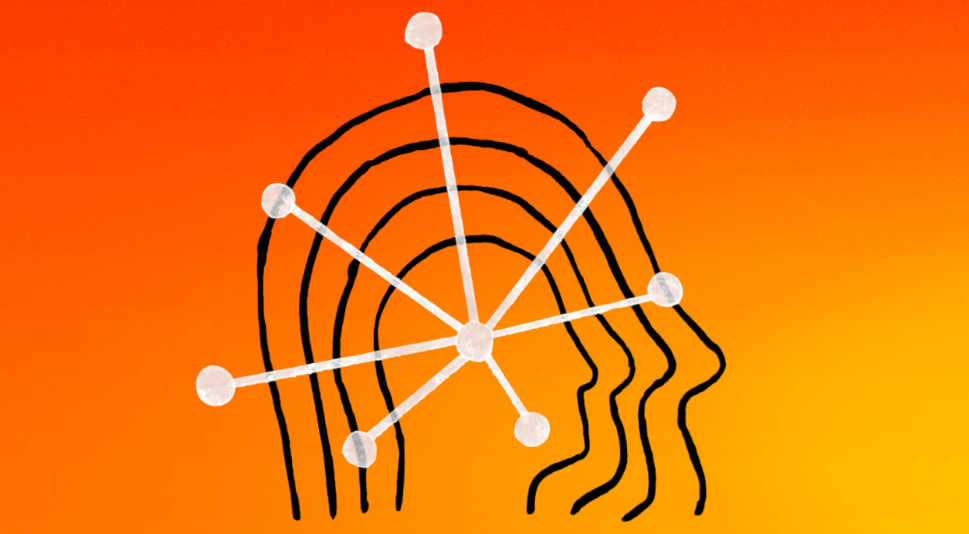In two powerful presentations at the RSA Conference, Cisco executives Jeetu Patel and Tom Gillis unveiled a visionary approach to cybersecurity, harnessing the power of AI to fundamentally reimagine how we defend against threats in the age of distributed applications and infrastructure.
Patel set the stage by stressing the stark reality we face: “It’s not just going to be around imagining how those problems are going to be solved, but the way that a SOC operation works, the way that security analytics works, the way that networking works is going to be foundationally different than the way they used to be.”
Gillis then painted a compelling picture of how AI and complementary technologies like eBPF and hardware acceleration could transform network segmentation, vulnerability management, and even the infrastructure itself.
“This is an ongoing process that emulates that human behavior with no human intervention involved. This will be transformative,” said Gillis, calling attention to the game-changing potential.
For network segmentation, Gillis described a future where AI agents continuously learn application behavior, dynamically tightening and relaxing policies as needed, without human involvement.
“So, the system can be put together in a way where the first thing it will do is separate the obvious stuff, dev from prod. Separate these apps that never talk to each other,” he said.
Vulnerability management could be revolutionized by combining AI, eBPF visibility, and automation. Gillis talked about a scenario where the system identifies critical vulnerabilities, applies compensating controls while patches are qualified, and then automatically removes those controls post-patching.
“And when that vulnerability is closed, we will automatically remove that compensating control,” Gillis added.
Perhaps most audaciously, Gillis sees a self-managing security infrastructure, with digital twins constantly validating upgrades and policy changes before promotion to production.
“So, what we are talking about is a network security system that writes its own rules, tests its own rules, qualifies its own rules, lifecycle manages its own rules, upgrades itself,” he said.
Patel’s closing remarks underscored the transformative potential of this approach.
“Like I said before, this is not the next version of an architecture of something that already exists. It’s going to be the first version of something completely new,” said Patel.
The time is now to unleash AI’s full potential, redefining cybersecurity from the ground up to meet the challenges of our hyper-distributed, cloud-native world.
Featured image: Credit: Cisco






